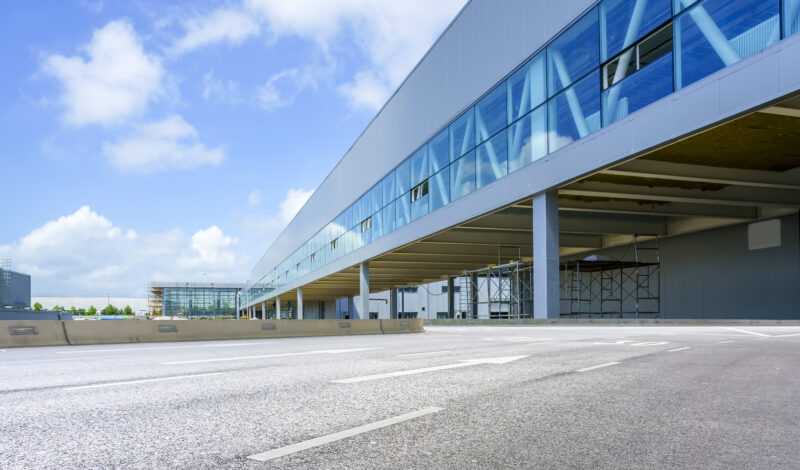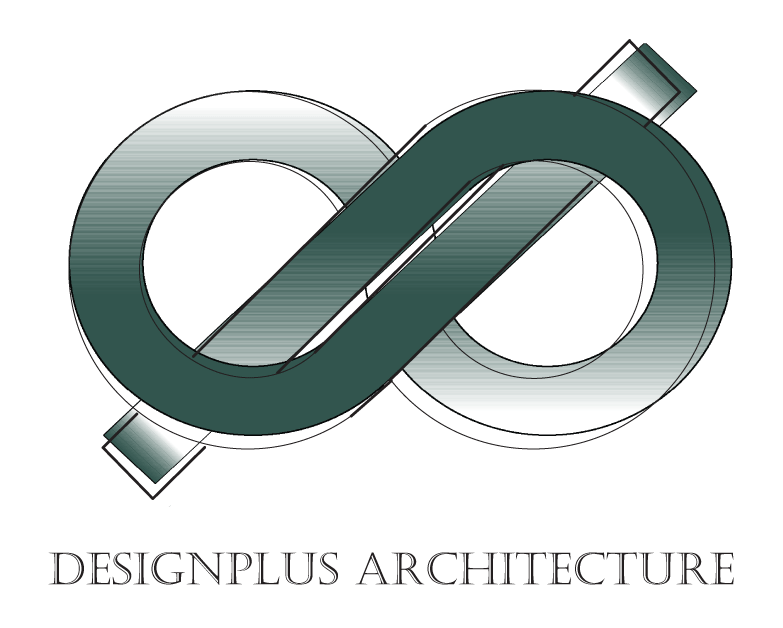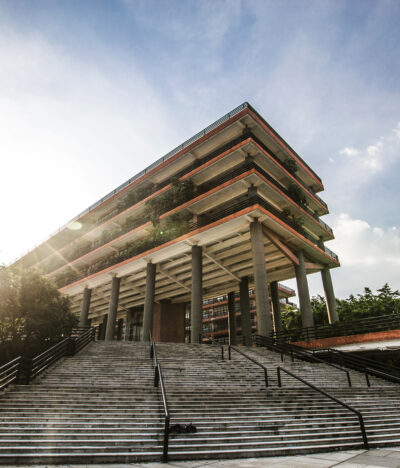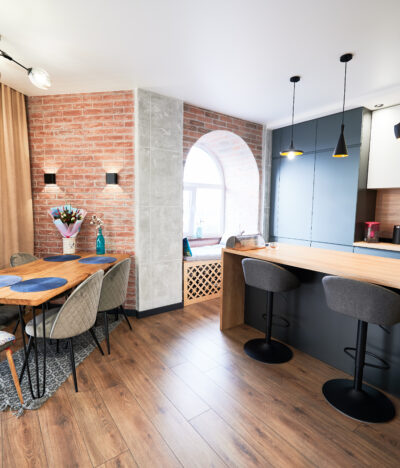Master planning and BIM (Building Information Modeling) consultancy are two integral components of the modern architectural and construction industry. They play a crucial role in shaping the future of urban design, infrastructure development, and construction projects. In this blog, we delve into the world of master planning and BIM consultancy, exploring their significance, benefits, and their transformative impact on the built environment.
Master planning is a comprehensive approach to urban design and development that takes into account various factors such as land use, transportation, infrastructure, and sustainability. It involves strategic thinking, meticulous analysis, and the collaboration of experts from different disciplines to create a cohesive vision for the future of a city or region. Master plans provide a roadmap for growth, ensuring that cities are developed in a sustainable, efficient, and aesthetically pleasing manner.
BIM consultancy, on the other hand, leverages technology and data to enhance the design, construction, and operation of buildings and infrastructure. BIM is a digital representation of the physical and functional characteristics of a project, allowing for seamless collaboration, information sharing, and decision-making throughout the project lifecycle. BIM consultants work closely with architects, engineers, and contractors to optimize design efficiency, identify potential conflicts, and improve project outcomes.
The integration of master planning and BIM consultancy brings numerous benefits to the architectural and construction industry. Master planning ensures that urban development is guided by a long-term vision, taking into account factors such as sustainability, connectivity, and community needs. It promotes efficient land use, reduces environmental impact, and creates vibrant, livable spaces for residents and businesses. BIM consultancy, on the other hand, improves project efficiency, reduces errors and clashes, and facilitates better communication and collaboration among project stakeholders.
Together, master planning and BIM consultancy are transforming the way we design, construct, and operate our built environment. They empower architects, urban planners, and construction professionals to create sustainable, resilient, and innovative cities and infrastructure. As we navigate the complexities of urbanization and the demands of the 21st century, the integration of master planning and BIM consultancy will play a crucial role in shaping the future of our cities and ensuring a better quality of life for all.
In conclusion, master planning and BIM consultancy are instrumental in shaping the future of urban design and construction. They provide the framework and tools necessary to create sustainable, efficient, and visually appealing built environments. Through strategic master planning and the implementation of BIM consultancy, we can embrace the challenges of urbanization and create cities and infrastructure that are environmentally responsible, technologically advanced, and socially inclusive. As we move forward, let us embrace the transformative power of master planning and BIM consultancy to build a better future for generations to come.








